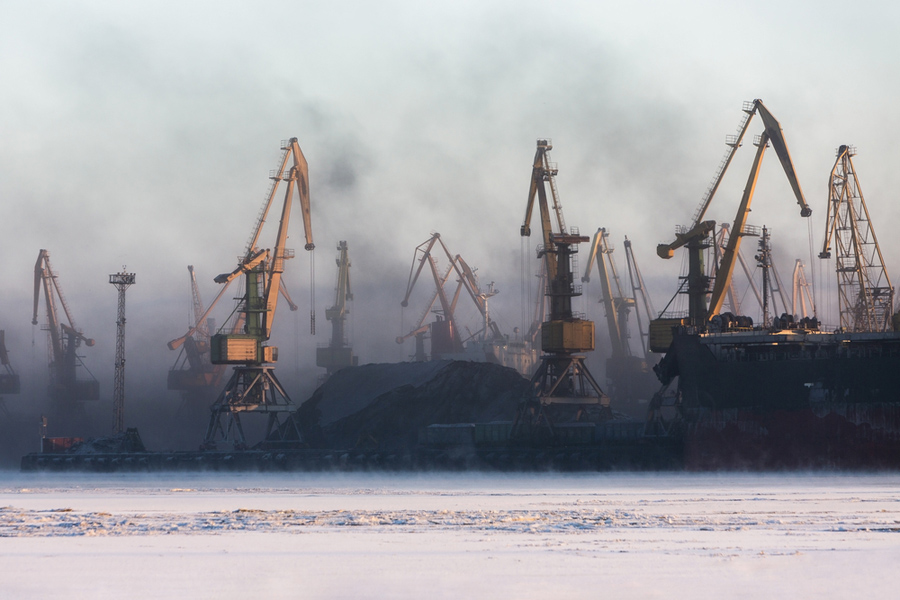China is in the grip of a power crunch as a shortage of coal supplies, toughening emissions standards and strong demand from manufacturers and industry have pushed coal prices to record highs.
Reuters | September 27, 2021 | 7:37 am

China is in the grip of a power crunch as a shortage of coal supplies, toughening emissions standards and strong demand from manufacturers and industry have pushed coal prices to record highs and triggered widespread curbs on usage.
How long has there been a power supply problem in China?
Restrictions on power use in homes have only just taken effect. However, China’s massive industrial base has been wrestling with sporadic jumps in power prices and usage curbs since at least March, when provincial authorities in Inner Mongolia ordered some heavy industry including an aluminum smelter to curb use so that the province could meet its energy use target for the first quarter.

In May, manufacturers in the southern province of Guangdong, a major exporting powerhouse, encountered similar requests to curb consumption as a combination of hot weather and lower than usual hydropower generation strained the grid.
Other major industrial zones along China’s east coast have also encountered recent consumption caps and power cuts.
What are China’s energy use targets and why do they exist?
China’s President Xi Jinping announced in late 2020 at a United Nations summit on climate change that the country would cut its carbon dioxide emissions per unit of gross domestic product, or carbon intensity, by more than 65% from 2005 levels by 2030.
As the world’s top producer of carbon dioxide and other polluting gases, China’s ability to cut emissions is seen as critical in the global fight against climate change.
Xi also pledged sharp increases in renewable energy capacity at the summit, but his carbon intensity targets have been the most closely followed guidelines for emissions reduction since, especially at the provincial level where local authorities have the responsibility of making sure the targets are reached.
Has energy use declined since Xi announced those goals?
According to the country’s main planning agency, the National Development and Reform Commission (NDRC), only 10 out of 30 mainland Chinese regions achieved their energy reduction targets in the first six months of 2021.
In response to that collective overshoot, the NDRC announced in mid-September tougher punishments for regions that fail to meet their targets, and said it would hold local officials to account for limiting absolute energy demand in their regions.
Has China produced less power in 2021 due to targets?
China’s total power generation through August of 2021 was actually 10.1% greater than in the same period in 2020, and nearly 15% more than in the same slot in 2019 as utilities across the country cranked up power to meet surging industrial demand.

However, along with the higher power generation came higher toxic emissions, which surpassed pre-pandemic levels in the first quarter of the year.
How are regions limiting power for certain users?
Local governments in Zhejiang, Jiangsu, Yunnan and Guangdong provinces have asked factories to limit power usage or curb output.
Some power providers have sent notices to heavy users to either halt production during peak power periods that can run from 7 a.m. and 11 p.m., or shut operations entirely for two to three days a week.

Others have been told to shut until further notice or a particular date, including soybean processing plants in Tianjin in eastern China which have been shut since Sept. 22.
Which industries have been impacted by the power shortages?
The impact on industries is broad and includes power-intensive sectors like aluminum smelting, steel-making, cement manufacturing and fertiliser production.
At least 15 listed Chinese firms that produce a range of materials and goods – from aluminum and chemicals to dyes and furniture – have reported that their production has been disrupted by power curbs.
Residential users have also been hit, with households in parts of northeast China told to limit use of water heaters and microwaves to conserve power.
What has been Beijing’s response to the power crunch?
The NDRC said on Friday it will work to resolve the power shortages, but did not provide any specific details on what steps it would take.
One major near-term challenge for Beijing is its ongoing trade dispute with Australia, the world’s second-largest coal exporter, which has greatly curbed coal shipments to China just as local authorities stepped up safety standards that have slowed production at Chinese coal mines following a series of accidents.
Another factor is a global shortage of natural gas, as a number of major economies look to stock up on the fuel simultaneously following the easing of covid-19 restrictions.
Even so, the State Grid Corporation of China said on Monday it would “go all out to fight the battle of guaranteeing power supply” to customers and would dispatch more power across its network.
(By Shivani Singh, Min Zhang and Tom Daly; Editing by Gavin Maguire and Susan Fenton)
https://www.mining.com/web/explainer-what-is-behind-chinas-power-crunch/